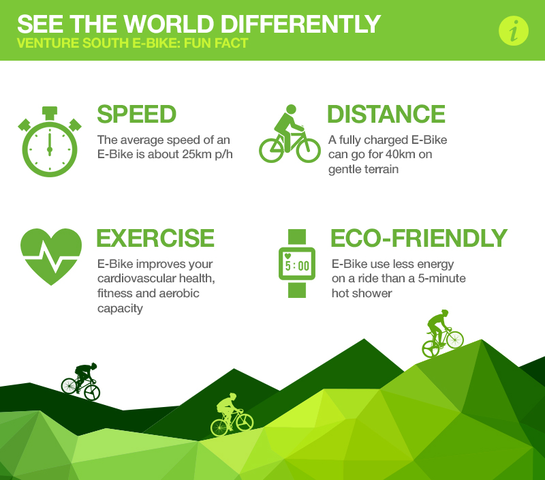An Insight Right Into E-Bike Classes: Clearing Up The Relevance Of Each Kind
An Insight Right Into E-Bike Classes: Clearing Up The Relevance Of Each Kind
Blog Article
Post By-McFarland Coyne
If you're taking into consideration buying an e-bike, understanding the different courses is type in making a notified choice. You could be amazed at how each class supplies one-of-a-kind functions that satisfy numerous riding preferences and legal demands. From pedal-assist alternatives to throttle-controlled versions, each course has its advantages. So, before you decide on the perfect e-bike for your requirements, it's important to understand the differences in between Class 1, Class 2, and Class 3 e-bikes.
Course 1 E-Bikes
Course 1 E-Bikes are specified as pedal-assist electrical bikes that give assistance only when you pedal, discontinuing to do so as soon as you reach 20 mph. These bikes are ideal for those trying to find a little added boost while still intending to obtain some exercise. Class 1 E-Bikes offer a smooth transition between pedaling and electrical help, aiding you dominate hills and cross countries effortlessly. The motor begins as soon as you start pedaling, offering an all-natural and easy adventure experience.
Among supplemental resources of Class 1 E-Bikes is that they're allowed on the majority of bike paths and tracks where conventional bikes are allowed. This indicates you can discover new routes and take pleasure in the open airs without any constraints.
Additionally, these bikes are environment-friendly and supply a lasting mode of transport, decreasing your carbon footprint while still getting you to your destination efficiently.
Class 2 E-Bikes
Proceeding from the pedal-assist dynamics of Course 1 E-Bikes, Class 2 E-Bikes introduce a new component into the electric bike world. These e-bikes come with a spin throttle function, allowing you to ride without pedaling whatsoever. With this addition, you have the alternative to just engage the throttle and allow the motor do the work, pushing you ahead effortlessly.
Class 2 E-Bikes are optimal for motorcyclists that may require a break from pedaling or require help when beginning with a full quit. This feature makes them especially appealing for people with restricted mobility or those who desire an even more leisurely riding experience.
Nonetheless, it's important to keep in mind that Class 2 E-Bikes are still governed by a speed limit of 20 mph, guaranteeing safety and conformity with regulations.
Class 3 E-Bikes
For bikers seeking an extra vibrant electric biking experience, Course 3 E-Bikes offer boosted rate and efficiency compared to their Course 1 and Class 2 equivalents. Class 3 E-Bikes are referred to as "rate pedelecs" and can reach speeds of approximately 28 miles per hour, offering a thrilling adventure for those looking for an extra increase. These bikes come equipped with a pedal-assist system that starts when you begin pedaling, making it simpler to keep higher speeds with less effort.
One key function of Class 3 E-Bikes is that they aren't limited to bike lanes just; they can also be made use of on streets where the rate limitation is 30 miles per hour or reduced. This flexibility allows riders to navigate with traffic much more successfully while still appreciating the benefits of electrical aid.
Nonetheless, it's necessary to remember that some locations may have certain policies relating to using Class 3 E-Bikes, so always inspect neighborhood regulations before hitting the trail.
Final thought
So, now that you understand the differences between Course 1, 2, and 3 E-Bikes, you can make a notified decision on which type best matches your requirements. Whether you choose pedal-assist, throttle function, or higher speeds, there is an E-Bike course available for you. https://sites.google.com/view/zugobike/ in mind to consider your local laws and individual preferences before making your choice. Satisfied riding!
